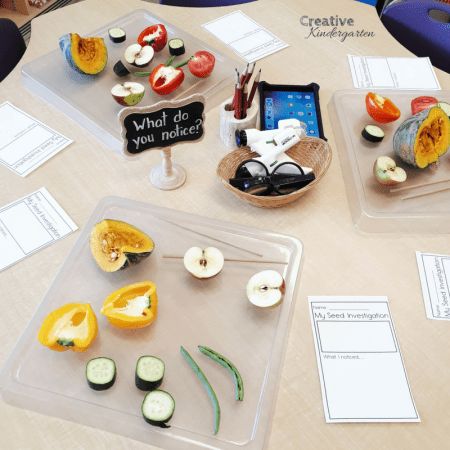Introduction
In today’s rapidly evolving and increasingly competitive world, the need for creative learning is more important than ever. Traditional methods of education, which focus on rote memorization and standardized testing, often limit students’ potential by stifling their creativity and innate curiosity. Creative learning, on the other hand, triggers personal growth by fostering critical thinking, individuality, and a passion for discovery. This article explores the importance of creative learning and offers suggestions for incorporating it into both academic and professional settings.
The Importance of Creative Learning
1. Enhances Problem-solving Skills: Creative learning encourages students to think beyond the basic facts they are taught. By exercising creativity in problem-solving, learners develop an ability to analyze situations and identify potential solutions from various perspectives.
2. Builds Confidence: Creative learning shifts the focus from surface-level memorization to meaningful exploration. As students successfully engage with new concepts and ideas on a deeper level, they gain self-assurance in their abilities to learn and grow.
3. Encourages Collaboration: Creative learning often involves group activities that require cooperation and teamwork. Students learn the value of collaboration as they engage with diverse perspectives while working toward a common goal.
4. Develops Emotional Intelligence: Through artistic expression and open-ended projects, creative learning allows students to connect with their emotions, building empathy, self-regulation, and better interpersonal skills.
5. Fosters Innovation: By promoting outside-the-box thinking, creative learning lays the groundwork for future innovators who will be capable of developing new ideas, products, and solutions in response to challenges faced by society.
Incorporating Creative Learning into Education and Work
1. Use Project-based Learning: Adopt project-based learning approaches to encourage creativity in problem-solving through real-world challenges that involve research, collaboration, communication, and critical-thinking skills.
2. Employ Multimedia Platforms: Leverage a range of digital tools, such as audio, video, and immersive technologies to offer students diverse opportunities for self-directed exploration and creative expression.
3. Encourage Student-driven Projects: Allow students to choose their project topics based on personal interests or goals to foster engagement and creativity while working towards a tangible outcome.
4. Provide Constructive Feedback: Encourage growth by offering constructive feedback on student work, focusing on the process rather than the end result. This empowers learners to take risks and make mistakes without fear of failure.
5. Facilitate Teamwork: Emphasize the importance of teamwork and cooperative learning through group activities, open discussions, and peer-to-peer collaboration.
6. Support Professional Development: For workforce applications, provide opportunities for employees to engage in creative learning through workshops, courses, or conferences that promote innovative thinking within their respective fields.
Conclusion
Creative learning is essential for cultivating a world of adaptable, curious, and innovative individuals. By embracing alternative strategies that nurture creativity in learners both within and beyond the classroom, we can empower people worldwide to develop into well-rounded problem-solvers capable of driving positive change throughout society. Now is the time to embrace this approach as a critical component of education, professional development, and personal growth.




